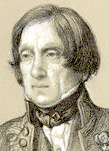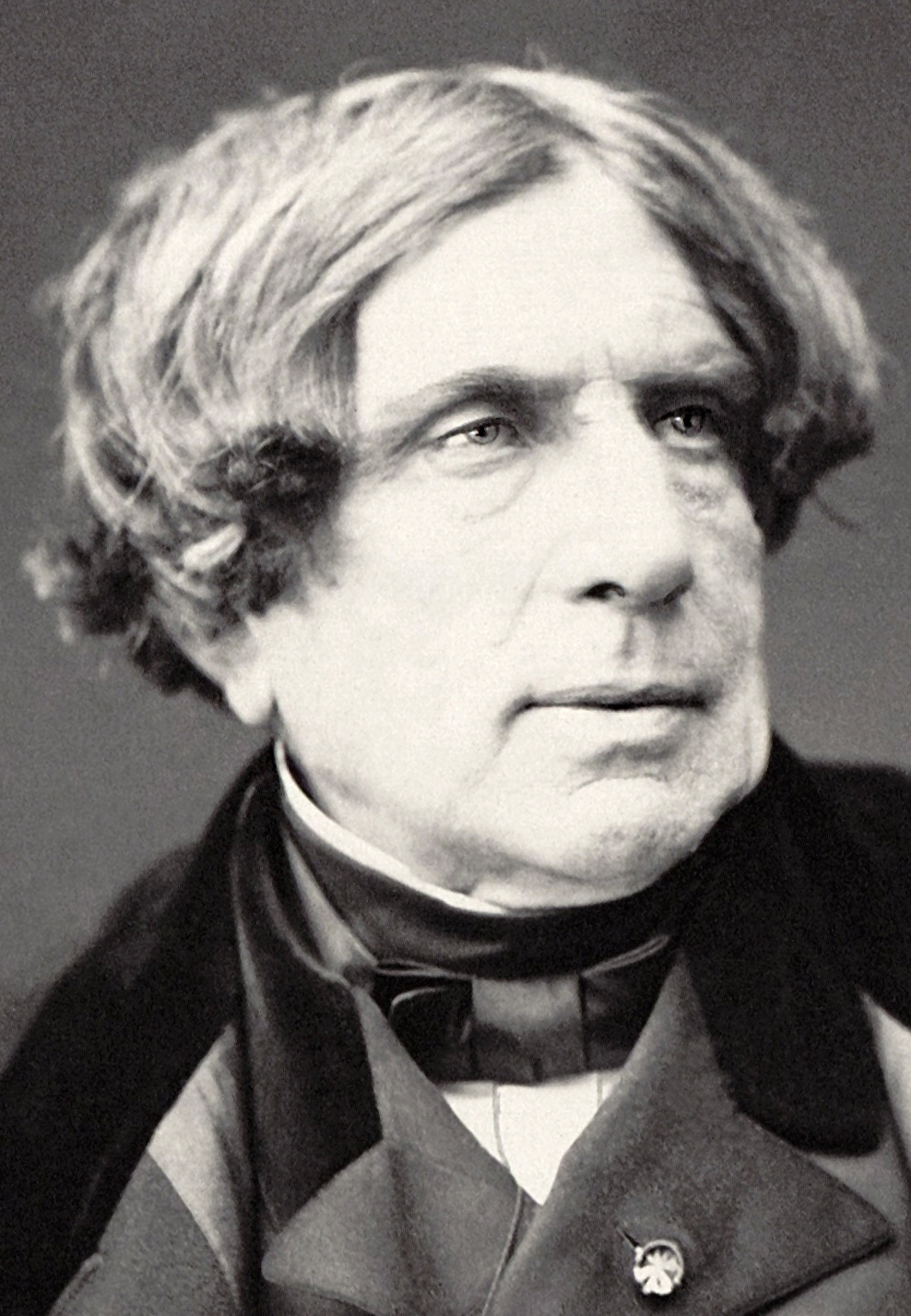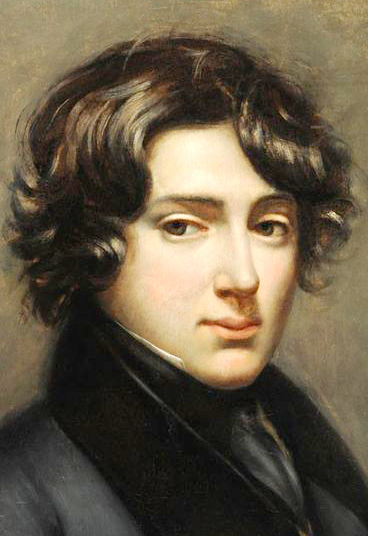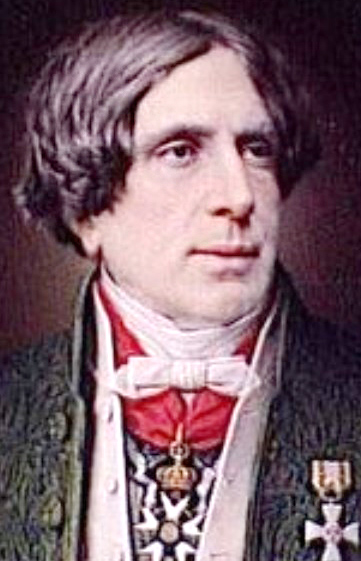Félix-Louis-Jacques Duban (1798 – 1870), architect
1st image: Soirée; 2nd: by Heim (1856); 3rd: by Pierre Petit (1864); 4th: by Antoine Gros (c1830); 5th: Monvoisin (1873), likely based on the photo by Petit, adding the cravate rouge Duban received in 1868.
Félix Duban’s style was profoundly shaped by his five-year stay in Rome after winning the 1823 Prix de Rome. His sketchbooks, featuring precise studies of historic buildings in Rome, Florence, and Pompeii, reveal his admiration for ancient design and for modern architects like Giotto. Ingres39 envied Duban’s faithful reproductions, while art critic Charles Blanc remarked:
“Even if photography could present colors as it can present forms and structures, it could not be more precise, with a more complete expression, than [Duban’s] studies.”
Upon returning to France, Duban showcased his talents as a festivities architect, designing lighting and settings for events such as the July celebrations. His 1834 illuminated cardboard boat (vaisseau en carton) on the Seine became a celebrated, though controversial, highlight when newspapers revealed that much of the event’s funding, including the boat, remained with parvenu minister Thiers.
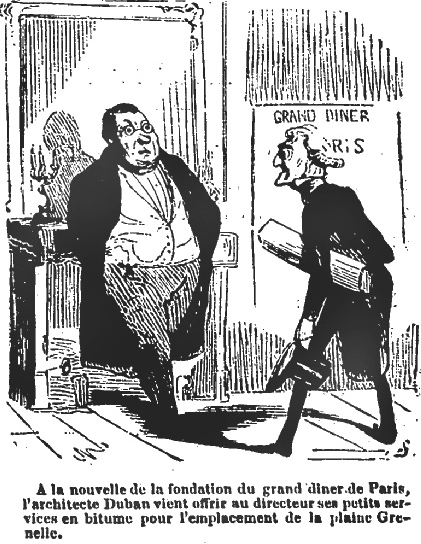
In 1837, architect Debret, his brother-in-law, asked Duban to continue the restoration of the École des Beaux-Arts, now famous for Delaroche’s Hemicycle. Duban enlisted Ingres’ students to replicate Raphael’s frescoes, resulting in a masterpiece. He also submitted several projects including Ingres as painter, who sadly got postponed.
Further commissions followed: restoring the castles of Blois, Amboise, Dampierre, Chantilly, and, from 1842, Sainte-Chapelle. He also created a paneled window for Countess d’Agoult.
Duban’s 1850 restoration of the Louvre’s Apollon Gallery became a near-new creation. He involved artists like Charles Müller18 (Aurore) and Delacroix10 (Apollon vainqueur du serpent Python).
Reopened in 1851 by Louis-Napoleon, the gallery was praised for its beauty. “It was more beautiful than it ever has been,” writes Chennevières20 in 1855. The emperor awarded both Duban and de Nieuwerkerke16 the Legion d’Honneur.
Though criticized for using bitumen to waterproof the Louvre courtyard, Duban’s efforts were joyfully defended in a 1852 letter to L’Argus by a bitumen salesman recommending Duban to use it in all his restorations.
Duban attended de Nieuwerkerke's vendredi-soirée on December 19, 1851. Like Duret, he managed to evade a caricature by Eugéne Giraud. He was replaced by Visconti09 in February 1852 when the emperor did not find him present during an inspection, but regained his position of imperial architect following Visconti’s death in December 1853. Collaborating with Viollet-le-Duc40a, Duret59, and Lassus62, and supported by building inspector Mérimée54, he formed a leading team in historic and modern architecture, design, and restoration.
During the 1870 Franco-Prussian War, Duban fled Paris for first for Blois, then to Bordeaux. Suffering from stomach ulcers and nervous ailments for many years, he died on 8 October 1870, surrounded by his wife and daughter Félicie. He was buried at Montmartre Cemetery, where his tombstone medallion was sculpted by Guillaume (a student of Pradier03) who also had done this for Duret five years earlier.

